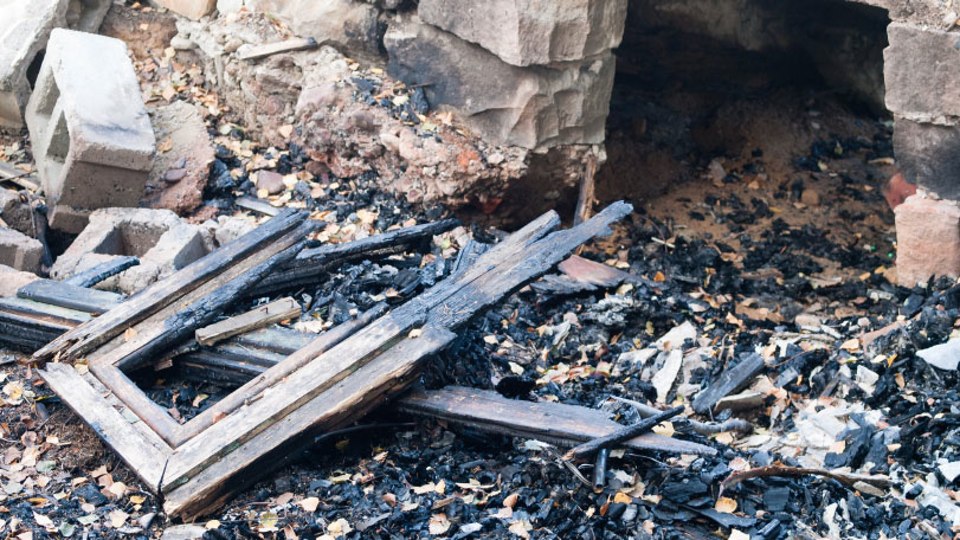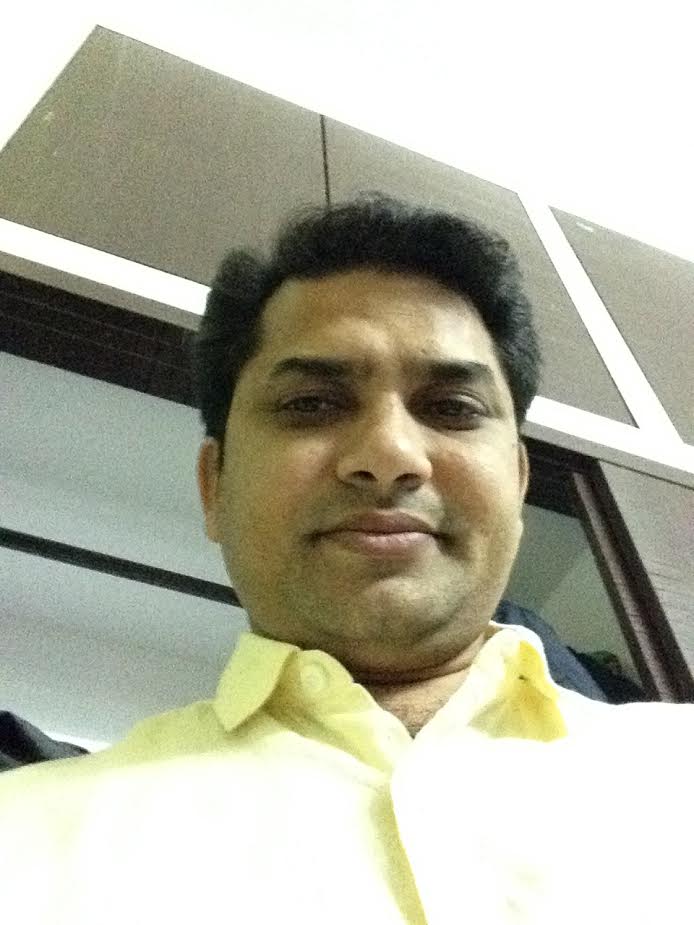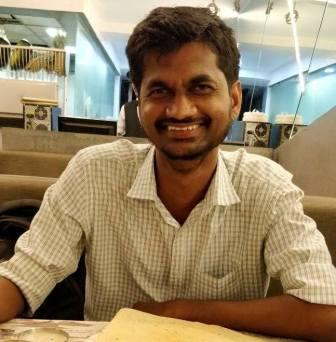Anu Ramdas
The murder of children is a monstrosity. Children are the default protected community; constructs such as race, gender, ethnicity, caste, linguistic or regional identity cannot come in the way of their protected status. Children are persons who immediately command the full commitment of adults to ensure that they are at all times within boundaries of moral and material security.1 Adults and every social institution, from the nuclear family to the state, are socially, ethically and legally programmed to perform a protective role towards babies and very young children, be they blood-related or not, be they citizens or otherwise. A society that does not follow this primary role is not a human one or even an animal one.

A day after the news of murder of very young children in Faridabad, even before people could grasp the gruesomeness of what they were made witness to, the political response came in the form of a politician’s offensive statement. His name, his caste, his party affiliation and words were designed to deflect people’s shock and anger away from the crime, which was a premeditated plan to eliminate a whole family as they slept, inside their home.
The Indian criminal justice system with its judgements, verdicts and incarceration records has proved that it is a Brahmin MahaKhap2. While the Savarna civil society, calling itself Left or Right, parses a media trial using tropes of caste stereotypes way before it reaches the MahaKhap. For this, the grand design of graded inequality3 provides several tools to be used in various permutations and combinations.
From recent examples, I want to think about ‘conflicting narratives’ and ‘deflection tactics’ as two sides of the same coin that are used to control narratives of crimes committed on marginalized communities. In the Dadri lynching, the conflicting narratives were placed by the right wing in the media. In the case of Dankaur atrocity, the conflicting narratives were placed by left feminists. In the case of Faridabad murders, conflicting narratives did not come in handy, instead we got an offensive response from the ruling party.
Why did conflicting narratives not kick into action for the Faridabad murders? The reasons could go back to the biblical child murders in Egypt or it could simply rest on the fact that there is no specific term for the murder of young children. The closest one gets to is Child Manslaughter or Child Homicide. When we look for material to see if murders of children attract aggravated charges, there is very little. Because child murders are statistically scarce.4,5 There are no laws in place to specifically deter murder of children, perhaps because we have evolved in a universal belief system that says humans will guard against this most heinous act against defenseless minors.
In a caste society, the criminal-justice system or ‘khaps’, function smoothly dispensing freedom to the caste-privileged criminals and punishment to the caste-discrimination victims. It does this with the use of ‘conflicting narratives’ worked to such a fine efficiency that criminality of whole communities can be called upon in a jiffy to fix the crime on the family of the victims’ or the victims themselves. The crimes can be explained far away from the power centers, maintainers and originators of caste violence. A few narratives that are most frequently summoned to effortlessly ‘conflict’ criminal cases: the dishonorable dalit bahujan adivasi woman; the criminal dalit bahujan muslim man; subcaste rivalry; dalit vs obc violence; hindu-muslim rivalry (where victims are almost always dalitbahujan); corrupt dalitbahujan politicians and officers and so on. Teenage children too are not spared from being criminalized and are fit into the above crime narratives. 15 year old Govind was ‘allegedly’ murdered by the Gohana policemen, but there is no ‘alleged’ theft of a pigeon, he is simply charged with it and media reports it as such in their headlines.6 The child is murdered but we are reminded that there was a ‘theft’ of a pigeon. However, Faridabad presents them with murders of very young children in a universe that does not allow even the most hideous society to criminalize them. There is no ready criminal tag for very young children of the marginalized.
Since the murdered were children and the alleged murderers are high up in the caste hierarchy, a different political response came forth.
Dalit and Muslim communities are often and easily analogized with animal categories, even by public personalities, left or right leaning, politicians or literary figures—terms such as stoning dogs, puppies caught under cars, frothing hyenas etc., are casually used. The abusive language is meant to mock collective memories of grotesque humiliations carried out on members of the oppressed communities and evoke immediate and strong emotions. As did the minister’s abuse. It is very important to immediately call out, question and demand apologies, especially when abuse is delivered by people who have very large public platforms always available to air their views. But right now, let us be very clear, this abuse was meant as a strategic deflection by the political leadership. We are being moved away from the immediate crime scene, criminals and victims. Hours after a horrific crime, with two young children declared dead, the babies’ bodies yet unburied, with the mother still unconscious and unaware of her children’s death, with a father in deep trauma – all this was being deftly shuffled into readily available tropes on dalits. We are being ushered into an abstract zone to diffuse the role of bearing witness to our own dehumanization. There can be no abstraction of what we were complicit with in Faridabad–we failed to protect the most vulnerable, we are part of the system that let this happen. Murder of children this young makes all adults murderers. That is, if we ascribe to universal ethics of living life humanly.
The Faridabad murders did not happen in times of social distress such as war. Child murders across the world are the results of psychopathic minds, targeted genocide, filicide, child sacrifice, recruitment as child soldiers in war fronts etc. Murder of very young children because they belonged to one social group has no parallel in modern times!
Deflecting tactics and conflicting narratives are both drawn from the same well of stigmatizing and criminalizing tropes on dalits. These manipulations of public perception of crimes are designed to make living life savagely an acceptable way. We have to hold ourselves accountable for the murders of these young children, we have no business feeling helpless or distanced, we failed to save these two lives, but we cannot be made complicit as mute witnesses to any more caste murders. Annihilation of caste, annihilation of Brahminism, redistribution of resources, active transformation of judiciary has to happen in our lifetimes.
Caste has to be necessarily dismantled at multiple levels, with regard to crimes on Dalits, the media’s power to control, manipulate and distort crime narratives has a direct correlation with the judicial output of all Dalit atrocity cases falling through – where the criminals always walk free, irrespective of clear-cut evidence in favor of the victims. Being vigilant, vocal and interceptive about Brahmin-Savarna media’s mediator role in maintaining this society as a Khap society is a vital aspect of anti-caste interventions. There has to be social, political and judicial consequences to the murders of three year old Vaibhav and his nine month old baby sister, Divya. And we have to make it happen.
~
Notes
1. The Convention on the Rights of the Child: Survival and development rights: the basic rights to life, survival and development of one’s full potential. (http://www.unicef.org/crc/files/Survival_Development.pdf)
2. From ‘Atrocities’ category in Round Table India (http://roundtableindia.co.in/index.php?option=com_content&view=category&layout=blog&id=122&Itemid=138)
3. ~Again, the system of graded inequality is not merely notional. it is legal and penal~ Babasaheb Ambedkar in ‘Who were the Shudras?’ (http://www.ambedkar.org/ambcd/38A.%20Who%20were%20the%20Shudras%20Preface.htm)
4. Murders recorded in the crime bureau under “Crimes against children” occur as a result of child kidnapping, extortion, child abuse, neglect and trafficking (http://ncrb.nic.in/CD-CII2013/compendium%202013.pdf).
5. Across the world, child murders are often the result of psychopathic killers (http://www.deathreference.com/Ce-Da/Children-Murder-of.html).
6. (http://roundtableindia.co.in/index.php?option=com_content&view=article&id=8384:dalit-killings-bsp-takes-out-protest-march&catid=131:current-news&Itemid=103)
~~~
Picture courtesy: the net.










